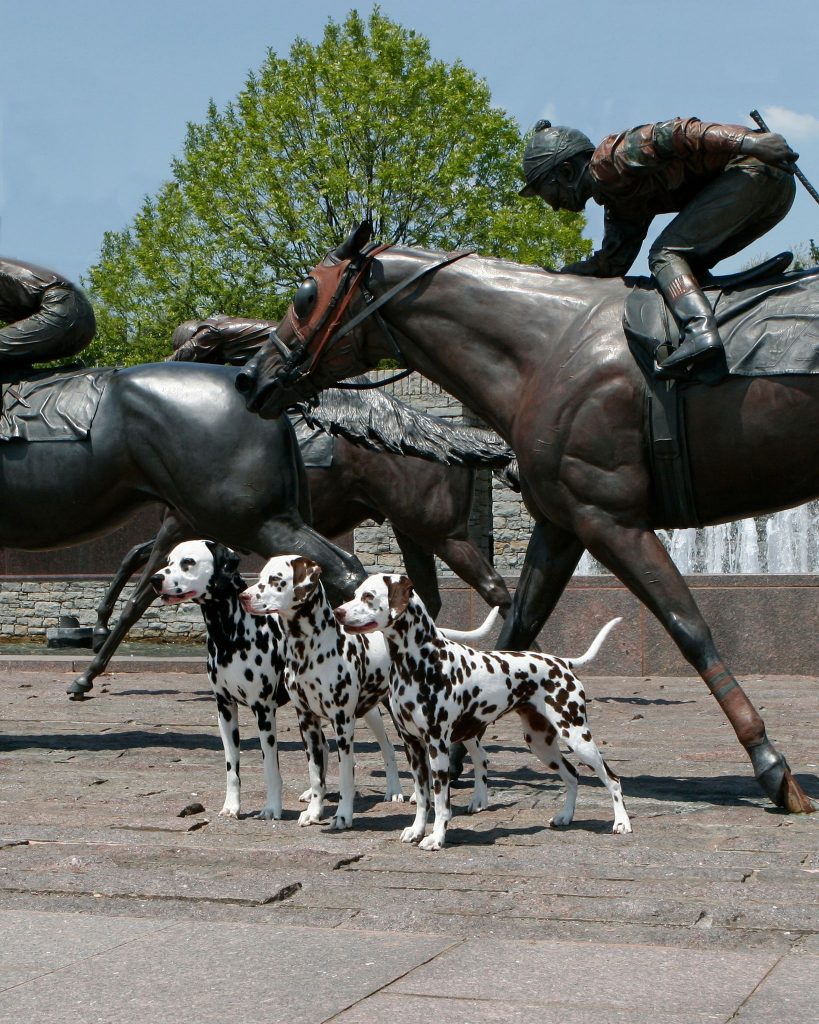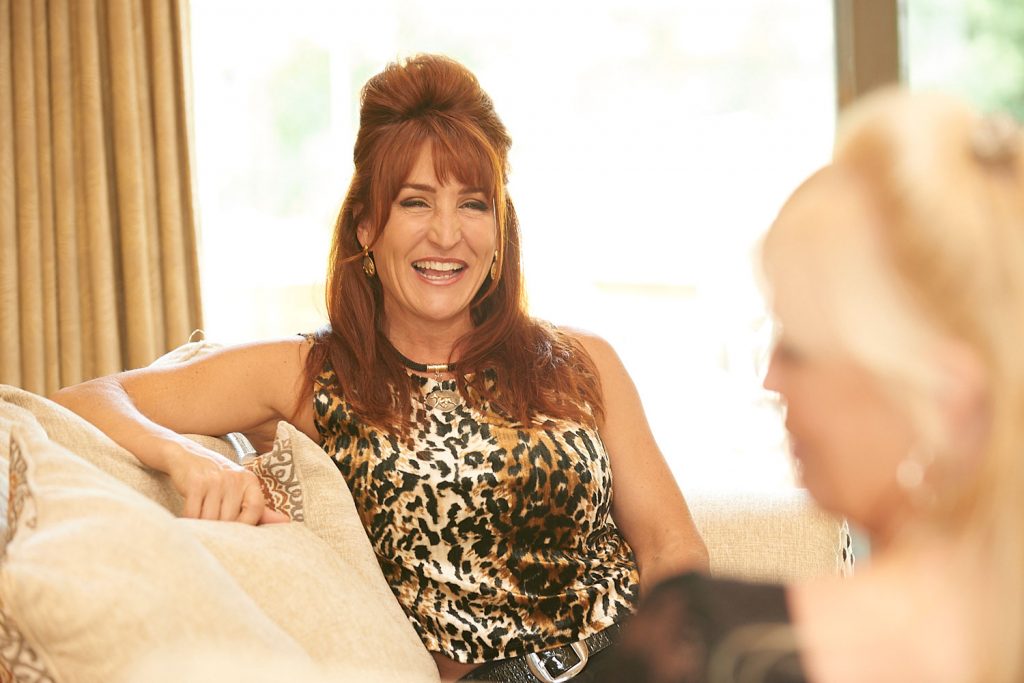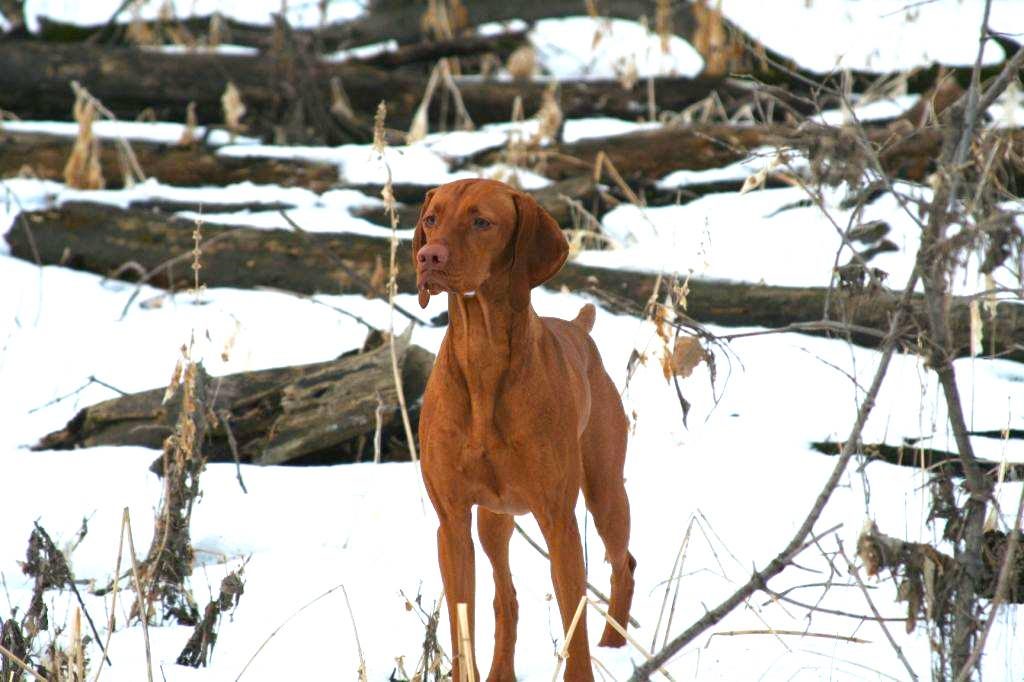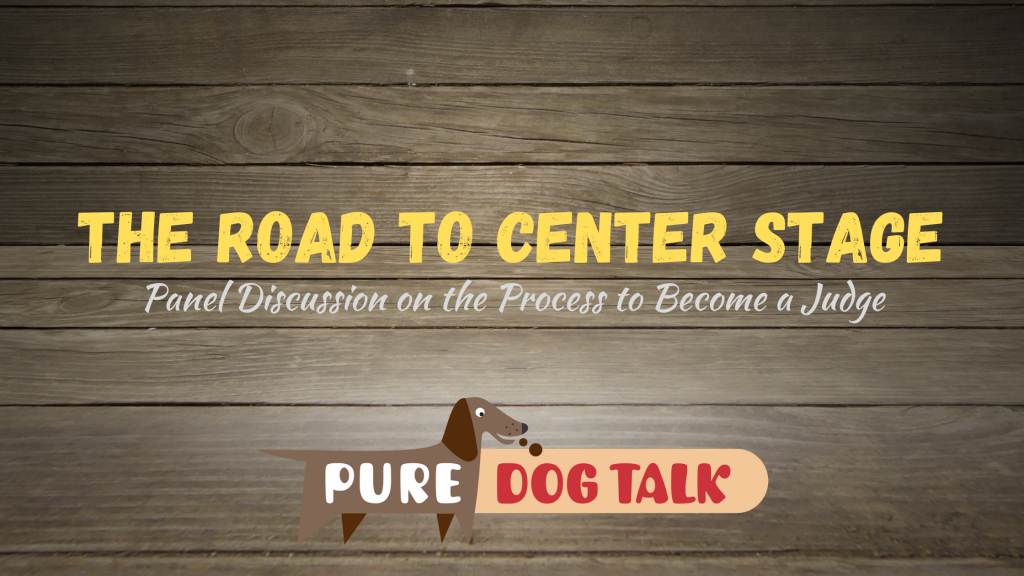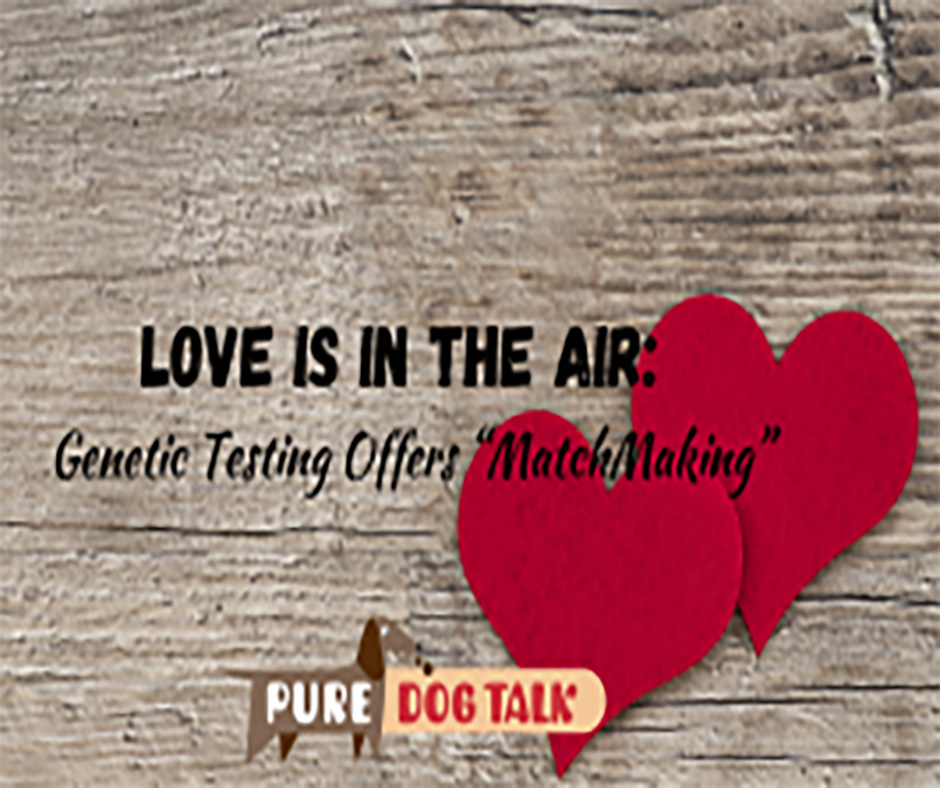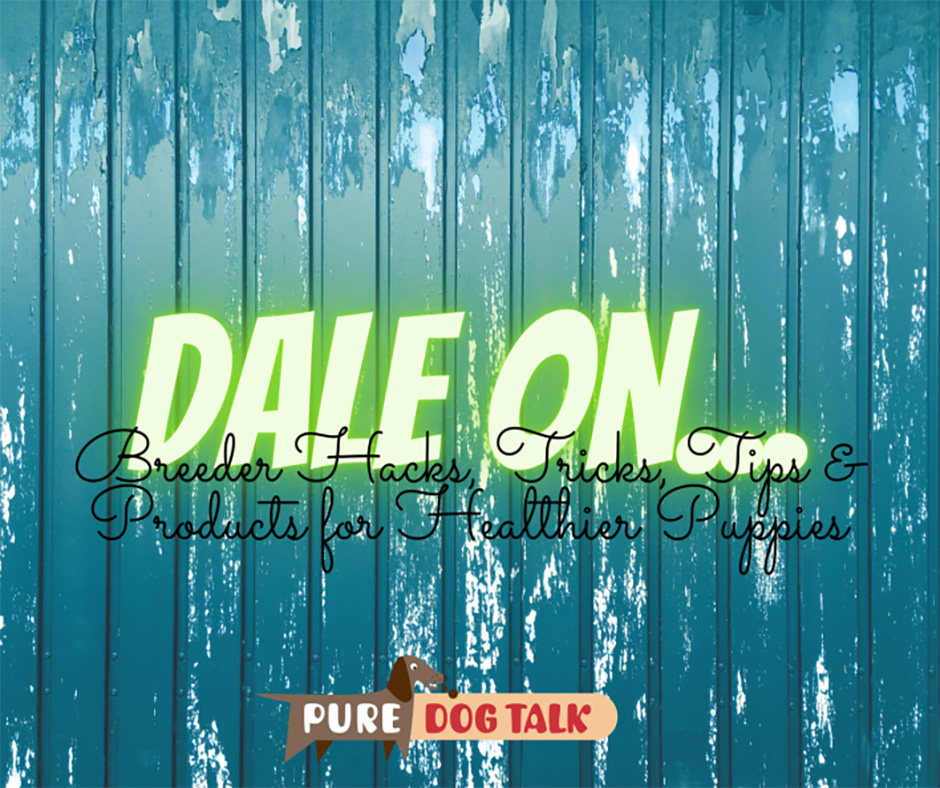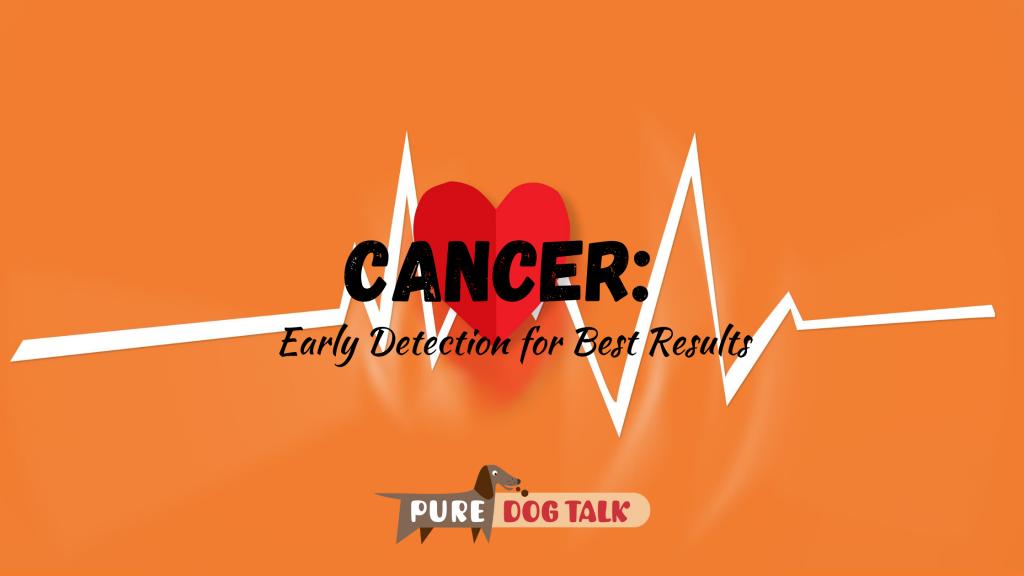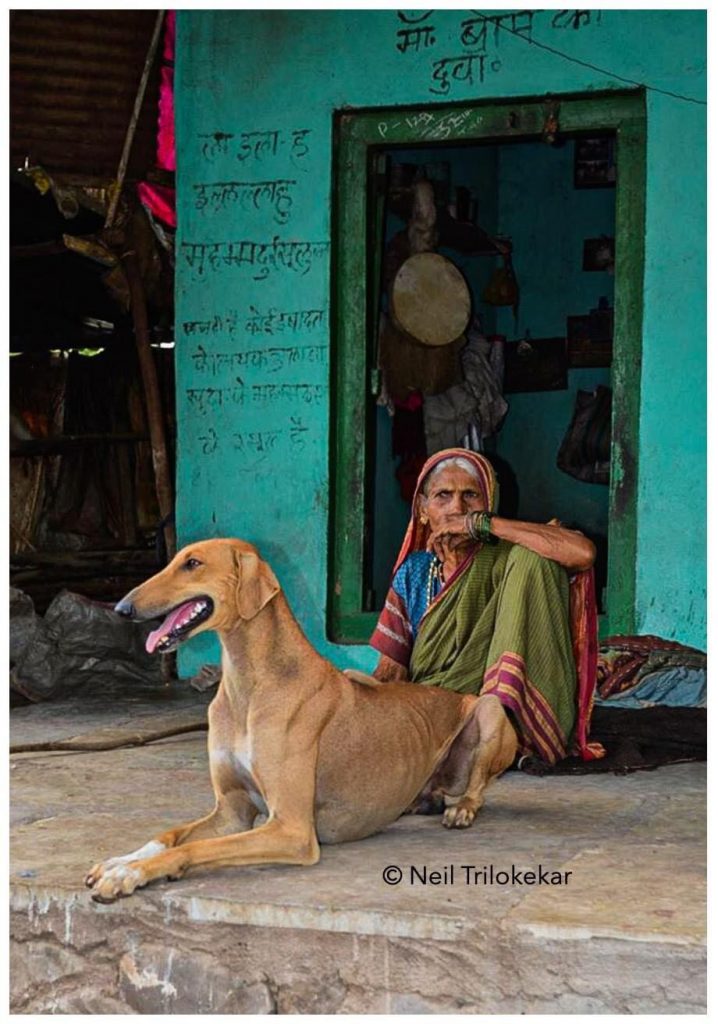Posts by Laura Reeves
431 – Dalmatians: the “Brilliant, Spotted, Energized” Dogs of Croatia
Dalmatians: the “Brilliant, Spotted, Energized” Dogs of Croatia
Dalmatians are our Love the Breeds topic today with enthusiasts Meg Callea, Molly Spengler and Stephanie Podejko joining host Laura Reeves for a timely conversation ahead of the release of the “101 Dalmatians” remake.
History
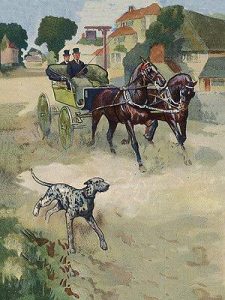
Historic illustrations of Dalmatians accompanying coaches.
“Dalmatians have kind of … a mixed historical background,” Callea noted. “There are spotted dogs on tombs in Egypt, on frescoes in Italy… theoretically they were started in Dalmatia … which is a historic province of Croatia. They were developed to be basically a dog to go with horses and a guard dog. They were to guard the horses and guard the stables. While they were in the stables, (a) desired trait was to kill vermin. So they do that really well. They have a lot of prey drive, some of them have a lot more than they need, which is why they do really well at some of the other performance events.
Dalmatian competing in tracking event.
“There are illustrations of Dalmatians as far back as the 1600s. They were brought into being a breed more in the early 1800s, during the Regency period, where they were bred for their markings to look real fancy with the carriages and coaches. They were bred to run around and go with the carriage all day long, so that’s somewhere between 25 to 40 miles a day. Their job was to alert the carriage people if there was a bad guy around, to chase off rogue dogs or Wolves, and to protect the carriage and its contents. And to keep the horses company, because the horses that ran were pretty high strung. Which is how they came into being with the fire Department.
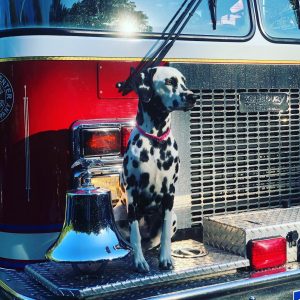
Dalmatians are iconic symbols for fire departments world wide.
“The fire Department used to have carriages that were horse drawn. The horses that drew those things were really high spirited, so the dogs kept them company while they were sitting around waiting for something to happen. When something happened, they ran with the horses, they broke up the traffic in front of them. They also kept the horses calm at the fire because horses do not like fire. They also protected the water spigot. Potable, drinkable water was hard to come by, so while the guys were fighting a fire somebody would come in to disconnect their hose and steal the water.”
Coaching Competition and Performance Events

Dalmatians excel in all performance events, according to our panelists.
“This is a breed that can do it all,” Podejko said. “There isn’t a sport out there that I have found, a performance sport, that Dalmatians don’t excel at. They’re just a brilliant breed.”
The Dalmatian Club of America features a breed specific test and competition called a Road Trial. The most advanced level requires the dogs, horses and riders to cover 25 miles in an endurance competition. According to Podejko, “A Dalmatian Road Trial is a performance event and test in the field designed to evaluate the Dalmatian’s ability to “coach,” or follow the horses. Exhibitors compete as handler on horseback or in a horse-drawn cart or carriage, with dog(s) off-leash. The Dalmatian Standard of the American Kennel Club states that the Dalmatian “should be capable of great endurance, combined with a fair amount of speed,” qualities essential to his successful use as a horse/rider and horse/coach escort. The purpose of a Road Trial is to demonstrate the use of purebred Dalmatians as a companion of man in the role that they have been bred to perform.”
Health and longevity
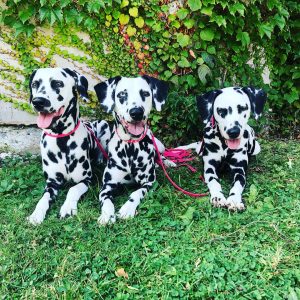
Breed specific health concerns have been mitigated by conscientious breeders testing their dogs.
Spengler shared information on breed specific kidney stones and how to manage them with appropriate diet. Our panelists also discussed the success of preservation breeders testing for and drastically reducing the number of dogs produced with deafness issues and how that was managed.
“It’s very important to do your research (when considering purchasing a Dalmatian) because there are some key things that go along with the breed,” Spengler advised.
Panelists:
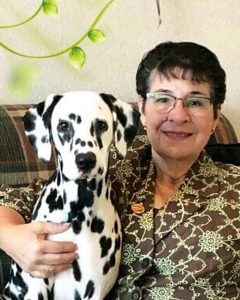
Meg Callea
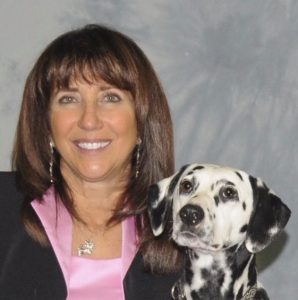
Stephanie Podejko
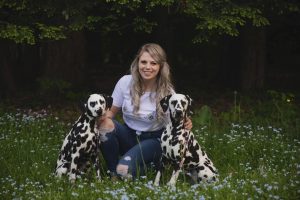
Molly Spengler
430 — Everything I Need to Know About Life I Learned from My Dog
429 – Tough Talk on Big Questions
428 — The Versatile, Velcro Vizsla: Hunting Dog of the Magyar
427 – The Road to Center Stage
426 – Love is in the Air: Genetic Testing Offers “MatchMaking”
Love is in the Air: Genetic Testing Offers “MatchMaking”
Adam Boyko, chief science officer at Embark, joins host Laura Reeves for a science geek out session.
“There’s really three important reasons to do genetic testing,” Boyko said. “The first is the health component that you get from genetic testing. In almost every purebred breed there are inherited disorders we can test for today. It’s good to get that peace of mind. It’s good to know if a dog is a carrier for something if you’re planning on breeding it. It’s good (for owners) to know if it’s at risk or something so you know what to look out for, if there’s a special diet you should be feeding it or what sort of environment you should have that dog in.
“Secondarily, you’ve got genetic traits, which scientists have learned a lot about. So, you might want to know what sort of coat colors the dog carries. If you were to breed it what would you expect the litter proportions to be. It’s also coat type, stature all that kind of stuff.
“Finally, inbreeding. Breeders have really been interested in (this) a lot. They’ve been traditionally using pedigree-based methods to (measure COI), but now that we have genomic information you can actually much, much more accurately measure inbreeding, to predict inbreeding of different crosses and see the affect that inbreeding has on the health and longevity of dogs. (It’s) another breeding decision that breeders use, another metric, as they’re trying to balance all the different things.”
Embark’s new “Matchmaker” tool is now online for select breeds, which allows breeders to select different combinations to determine which one offers the lowest COI, which dog carries or doesn’t for which traits or diseases, and would therefore offer the breeder the ideal mating they are seeking.
Visit Embark’s website for more information on services available for your breeding program.
425 – Breeder Hacks, Tricks, Tips & Products for Healthier Puppies
Breeder Hacks, Tricks, Tips & Products for Healthier Puppies
Dale Martenson, renowned breeder of Touche Japanese Chin, joins host Laura Reeves to talk about some of our favorite hacks, some of our favorite products, some of our favorite things as dog breeders that don’t necessarily make it into the textbooks.
LISTEN to the episode for more details, by clicking the triangle arrow above.
Milk Balloons
“Litters of puppies, if we were going to put it in the hands of Mother Nature,” Martenson noted, “it would often be more like sea turtles … a certain percentage of them were meant to make it to the water and a certain percentage are not. As breeders, we want to tip the scales. We can add some supportive care, just to give those little turtles a boost to the water, to make it to a healthy adulthood…”
Martenson uses surgical gloves as an alternative method of supplemental feeding. Tube feeding can be difficult and even dangerous if not done properly. Plus, the actual process of suckling is important to the puppies’ digestion and development.
Heat from Down Under
Martenson shares methods for warming puppies while offering the bitch a cooler location in the whelping box, the dangers of heat lamps in general and the importance of providing a heat source *under* the puppies.
Do the Hoky Poky
Flooring for puppies in the whelping box is critical. A number of studies indicate that puppies whose feet slip while nursing or navigating the box are more likely to develop hip dysplasia. Martenson recommends small carpet remnants for toy breeds. We agreed that large, rubber backed washable fleece pads are a better choice for larger breed dogs.
Pumpkin Powder to the Rescue
Only dog people are as obsessed with poopy. The product Martenson recommends helps pups transition to new water, new schedule, new environment, possibly new food with no intestinal upset.
Eat up!
“ENTYCE is a fantastic appetite builder. So say your female isn’t wanting to eat and she’s 50 days, she’s trying to have pregnancy toxemia on you. Then you’re looking at hand feeding, syringe feeding, whatever kind of feeding we can do to make this happen. We’ve had fantastic results with that or traveling to the dog show and they’re not wanting to eat on the road. “
424 – Senior Living: Simple Hacks and Good Medicine for Old Dogs
Senior Living: Simple Hacks and Good Medicine for Old Dogs
Dr. Marty Greer joins host Laura Reeves for a discussion of Senior Dogs in this month’s Veterinary Voice. Marty and Laura drill down on current medicine and important life hacks for our old dogs, adding to the information in our episode on Canine Cognitive Dysfunction.
DHA and Fatty Acids
Specially formulated and prescription diets from the top dog food companies are researched and tested just for senior dogs, Greer noted.
“We’ve seen (for example) Purina come to market with two diets,” Greer said. “One is called Bright Minds. You don’t need a prescription for it, you can buy it at your local feed store. Then their higher level, it’s got three times the amount of fatty acids and some of the other important nutrients in it called Neural Care, which is a prescription diet. We’ve seen behavioral changes on that. We’ve seen reduction in number of seizures. So there’s a lot of really interesting things we can do. We feed our dogs anyway. You’re not talking about putting him on a drug or putting him on anything different, you’re just talking about changing their diet to something that’s going to improve their cognitive function.”
Pulse Dosing
“One of my favorite things to do for these old guys that you’re reluctant to do anesthesia on is called pulse dosing of an antibiotic,” Greer said. “The pulse dosing works that you give it for five days every other month. It does a really good job on the anaerobic bacteria that live under the gums of our dogs as they get older that cause that really foul, nasty breath. So, it actually reduces the bacterial load in their mouth. It’s a really nice way to keep your dog’s mouth more healthy without using an anesthetic procedure.
“The dose is 11 milligrams per kilogram, twice a day for five days, and it will considerably improve your dog’s health. We know bad teeth aren’t just a bad breath issue, we know that it causes heart disease, kidney disease and systemic disease.”
Download today’s episode or more products recommendations, tips and hacks!

